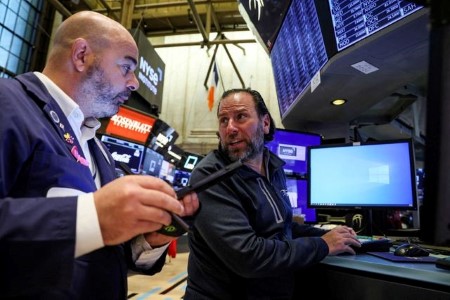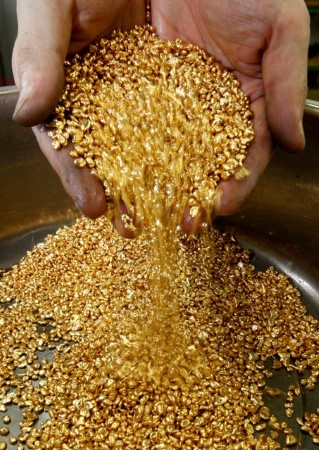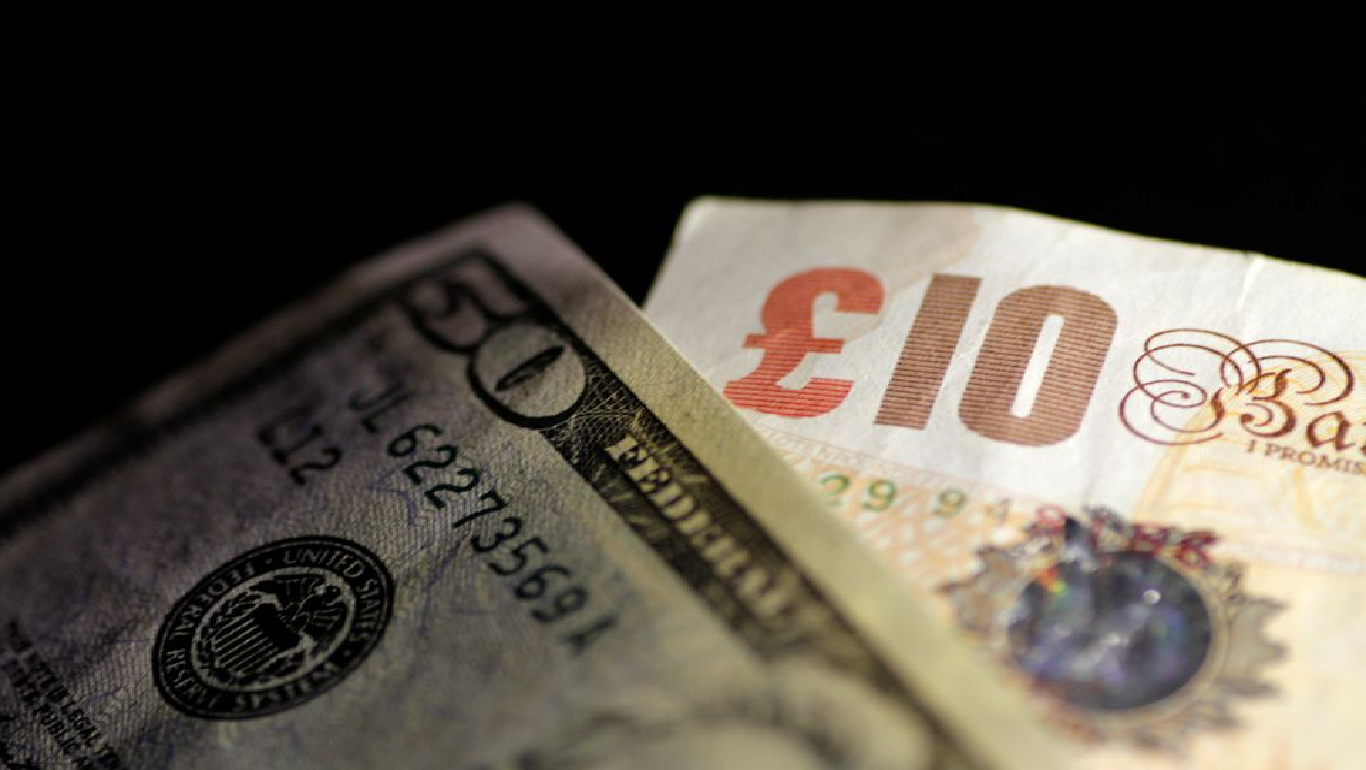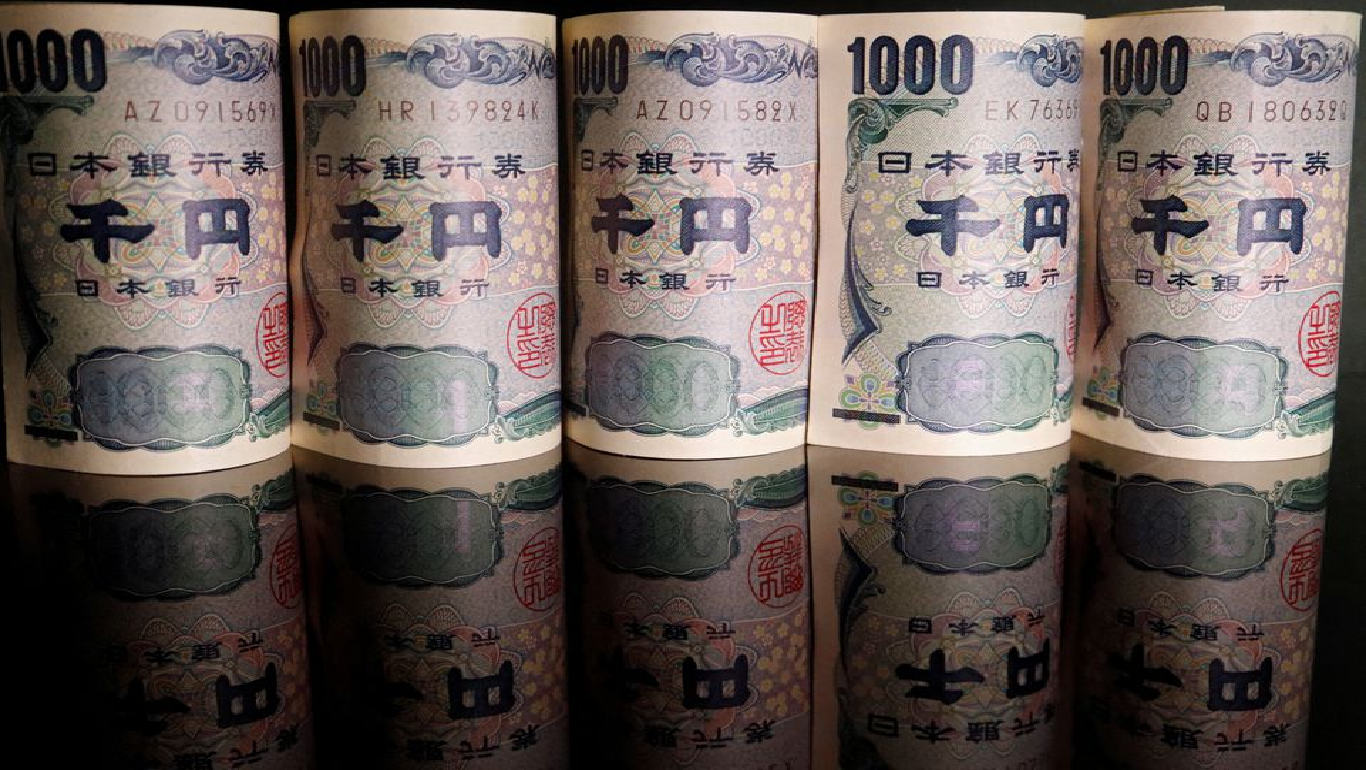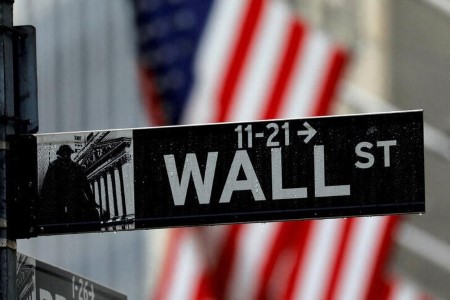SINGAPORE, Oct 20 (Reuters) – Oil prices gained around USD 1 on Thursday as investor sentiment rose on news that China is considering a cut in the duration of quarantine for inbound visitors.
Brent crude futures for December settlement rose 80 cents, or 0.9%, to USD 93.21 a barrel at 0610 GMT.
US West Texas Intermediate crude for November delivery (WTI), which expires on Thursday, rose USD 1.29, or 1.5%, to USD 86.84 per barrel. The WTI contract for December delivery was last up 1.4%, or USD 1.16 cents, at USD 85.68 a barrel.
“The market is bouncing on that quarantine news and by extension a flickering light at the end of the zero-Covid policy tunnel,” said Stephen Innes, managing partner at SPI Asset Management, adding that this is “the first positive sign we have seen out of China on the Covid front.”
China, the world’s largest crude importer, has stuck to strict COVID-19 curbs this year, weighing heavily on business and economic activity which lowers demand for fuel.
Bloomberg news reported on Thursday that China is considering cutting the quarantine period for inbound visitors to seven days from 10 days, citing people familiar with the matter.
The report said officials are targeting a cut in the quarantine period to two days in a hotel and then five days at home, but there is no clarity yet on how the new restrictions would apply to foreigners and other visitors without a residence in China.
Innes, however, cautioned that China’s zero-Covid policy is likely to stay in place “at least through Q1” next year, and maintains a bullish view on oil.
“Short of an unlikely shale oil revival, there are few lasting policy measures the Biden administration can use to effective push oil much lower.”
Oil prices have seen support from a looming European Union ban on Russian crude and oil products, as well as the output cut from the Organization of the Petroleum Exporting Countries and other producers including Russia, known as OPEC+.
The OPEC+ agreed on a production cut of 2 million barrels per day in early October – but analysts expect a smaller decline in actual output of about 1 million barrels per day due to under-production in countries such as Iran, Venezuela and Nigeria.
Separately, US President Joe Biden announced a plan on Wednesday to sell off the rest of his release from the nation’s emergency oil reserve by year’s end, or 15 million barrels of oil, and begin refilling the stockpile as he tries to dampen high gasoline prices ahead of midterm elections on Nov. 8.
However, the release is “too small to impact the market,” said Commonwealth Bank commodities analyst Vivek Dhar in a Thursday note, estimating it would increase global oil supplies by just 0.04 million barrels per day.
“EU sanctions on Russian oil imports will likely become the focus of the oil market in coming weeks… We expect Brent oil futures to average USD 100 per barrel in Q4 2022 on the back of supply disruption from the EU sanctions,” Dhar added.
Meanwhile, global demand for fuel remains uncertain. US economic activity expanded modestly in recent weeks, although it was flat in some regions and declined in a couple of others, the Federal Reserve said on Wednesday in a report that showed firms growing more pessimistic about the outlook.
(Reporting by Laura Sanicola and Emily Chow in Singapore; editing by Richard Pullin, Ana Nicolaci da Costa and Kim Coghill)







 DOWNLOAD
DOWNLOAD






